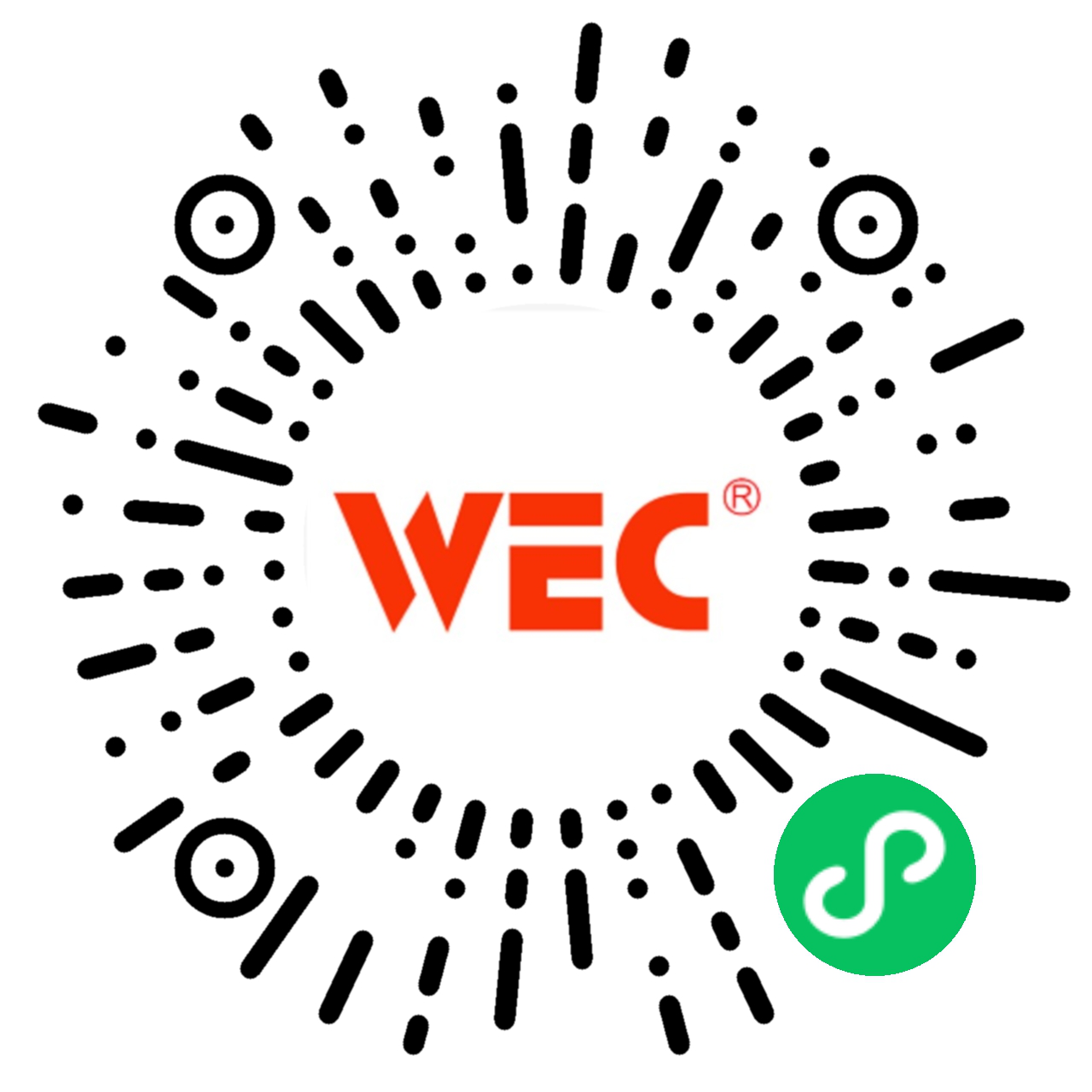
惠州制造,货发全球
永信利20年来一直保持行业领先
LED industry price cuts to eliminate inventory or become the main tone of the market this year
Dull annual report, sluggish capital market performance
As one of the strategic emerging industries, the LED industry has triggered an investment boom in China in recent years and has once become the darling of the capital market. However, since 2012, the industry has generally encountered the embarrassing situation of "applauding but not applauding", and the recent 2012 financial report data released by various companies are not satisfactory.
Compared with 2011, many LED companies saw a significant decline in revenue and net profit in 2012. For example, the well-known LED chip company Dehao Runda, revenue in 2012 was 2.824 billion yuan, down 8% year-on-year; net profit was 168 million yuan, down 57% year-on-year. Silanwei's 2012 revenue decreased by 12.74% year-on-year, and net profit decreased by 88.07% year-on-year. National Star's 2012 revenue fell 11.87% year-on-year, and net profit fell 66.45% year-on-year.
Regarding the reasons for the decline in performance, the explanations given by various companies are generally: due to the intensification of competition in the LED industry, the company's product prices have fallen sharply, which has squeezed profit margins.
In 2012, the domestic A-share market performance "changing face king" also led to the phenomenon of LED concept stocks piled up. Following the 2012 CSRC's notification of penalties for LED concept stock Jiawei, the CSRC issued the "first penalty" in 2013 not long ago, and imposed penalties on LED companies Nanda Optoelectronics, its sponsor Pacific Securities and sponsor representatives.
Due to the unfavorable market downturn, the number of LED companies that successfully passed the IPO in 2012 also decreased significantly. There were as many as 13 LED-related companies in China in 2011, and only 4 in 2012.
At the same time, some LED listed companies' additional fund-raising plans were also forced to die. Recently, Sanan Optoelectronics, a leading domestic LED company, announced that due to changes in the market environment, the company has decided to terminate its plan to issue additional A shares for two years.
Structural overcapacity triggered price decline
In the eyes of industry insiders, the growth rate of China's LED industry in 2012 reached 34%, indicating that the market growth rate remains at a relatively high level. However, the expansion rate of the entire LED industry's production capacity is far greater than the speed of scale growth, and fierce price competition has led to a chill in the entire LED industry.
Affected by the global economic downturn, the growth of LED markets in Europe, the United States and Japan in 2012 was not as fast as the domestic market, which led to the general decline in orders for LED companies that export mainly; and as the price of products in the entire domestic industrial chain fell sharply, the company ’s gross Interest rates fell rapidly.
According to the statistics of the Gaogong LED Industry Research Institute, the average price of LED chips in China fell by 32% year-on-year in 2012, and the average price of some products such as low-power LED blue and green chips for display screens fell by more than 50%. In 2012, China's LED chip industry showed a breakeven or even loss, which ultimately caused most companies to be in a loss state.
In the packaging industry in the middle of the LED industry chain, the average price of white LED packaging devices in China's LED lighting dropped by more than 30% in 2012. The LED packaging industry has passed the era of high gross profit.
In the downstream application industry, in 2012 China's LED fluorescent tubes, LED bulbs, LED panel lights, LED downlights and other indoor lighting products, the average price dropped by 23%.
SEMI China senior analyst and LED project manager Qi Faxin told reporters that as a sunrise industry, LED market demand did not decline in 2012, but the expansion of production capacity far exceeded the demand. Moreover, domestic manufacturers in the field of high-end lighting did not get much market share, and could only fight a price war at the low-end, resulting in structural overcapacity.
Has a bright future and will still oversupply in the short term
In order to support the development of the domestic LED industry, after the LED was recently included in the government procurement list, the National Development and Reform Commission and the Ministry of Science and Technology recently released the "Semiconductor Lighting Energy Conservation Industry Plan", indicating that it will gradually increase financial subsidies to promote LED lighting products. To promote the demonstration application of LED products. This move is believed to be conducive to the penetration of LED lighting in various fields, and the LED lighting market has a bright future.
"2013 will be a year of gradual growth for the domestic LED industry." Tang Guoqing, Secretary General of the Semiconductor Lighting Technology and Application Professional Committee of the China Lighting Society, said that the possibility of a decline in the LED market in 2013 is almost non-existent. But for individual companies, the possibility of decline will still exist.
Industry research organization China LED Online believes that the survival competition of the LED industry will become more intense in 2013. In order to gain market share, companies will still become a powerful means of price reduction. At present, LED companies are planning to lower product prices in 2013 to seize the market.
"From the perspective of the supply and demand structure, the overall oversupply status of the LED industry will not change in the short term." Liu Liang, an analyst with Industrial Securities, said that the domestic LED industry's recent control of production capacity through alliances and mergers is a trend; They are seeking new applications and strategic alliances to ensure orders and profitable space.
Source: Xinhuanet

Yongxinli Intelligent Manufacturing
© Copyright Huizhou Winson Automation Equipment (Huizhou) CO.,LTD. ICP:19133778号-3 Technical support:Xiaohu Technology

